Blog
Blog
Stretching: Some thoughts on current practice
Authors: Maggie Lorraine and Elsa Urmston on behalf of the IADMS Education Committee
Dancers are often passionate about developing their flexibility, reaching ever-greater ranges of motion (ROM), as choreographers require ever-more spectacular contortions of the body. For example, it’s been observed that the height of the développé in Les Sylphides Nocturne section has increased from 60° to nearly 180°, and of course, different dance styles require different ROM at different joints; Spanish dancers need increased ROM in the shoulders compared to a non-dancing population whereas classical ballet dancers need extensive ROM in the hips. We see a wide range of images and videos online nowadays which see young dancers especially, pushing their body into incredibly contorted positions, often compromising safety and alignment, and possibly leading to increased likelihood of injury as they pursue increased ROM. It’s not as simple as pushing dancers into various positions, as it has been reported that up to 17 factors can affect flexibility, including age, body morphology, genetics, gender, bones, nerves, muscle, ligaments, and connective tissue, so it becomes vital as dance educators that we educate our dancers to look after their body, practise safe stretching activities and understand that achieving optimal flexibility is a complex process.
Read ArticleBridging Dance and Health in Brazil, Part I: The early steps of an emerging field
Author: Clara Fischer Gam
In 2016, all eyes are on Brazil - country that will be hosting the Olympic Games this year. Inspired by this vibrant atmosphere, today we start a post series about the opportunities and challenges of Dance and Health in Brazil – from our members’ perspective!
Read ArticleIADMS Dance Educator Award Update
The 2nd IADMS Dance Educator Award was awarded to Janet Karin, OAM, for her passion and commitment to dance and for her tireless contribution to Dance Medicine and the benefits her work brings to countless dancers. A former Principal Dancer of the Australian Ballet, Janet Karin was previously Principal Dancer of Victorian Ballet Guild and a member of the Borovansky Ballet. She performed in Giselle, Swan Lake, Les Sylphides, Rudolf Nureyev’s Raymonda and Sir Robert Helpmann’s Electra, to name a few, with several roles created exclusively for her. She established her teaching career in Canberra, training many outstanding dancers, choreographers and teachers. She devised her own teaching system, The Karin System, in response to developments in understanding of anatomy, learning processes and teaching methodologies and to changes in the artistic and physical requirements of the dance profession.
Read ArticleNurturing passion in dance
Author: Imogen Aujla on behalf of the IADMS Education Committee
Passion for dance is important: as teachers we want our students to be passionate, love what they do, and get involved at every opportunity. But is it really good for dancers to eat, sleep and breathe dance? What happens when passion turns into an obsession?
Read ArticleUsing imagery to optimise dance training and performance
Author: Sanna Nordin-Bates on behalf of the IADMS Education Committee
Think of a time when you were really enjoying your dancing. Really think about it: how it felt, what you did, and who else was around. Was there music playing? Maybe you can even recall what you were thinking of, or focusing on.
My guess is that you could see the above scenario in your mind’s eye: the image of that time of dance enjoyment. This is the visualization part of imagery, and it is powerful in itself. But just like normal life (and dance training) is not just visual, you could also conjure up a range of other sensations, even though you were not actually experiencing them for real. This is why the term imagery is preferred to visualization: it acknowledges the importance of using multiple senses to make an image as vivid as possible. In fact, research shows us that imagery is more effective the more vivid it is, and vividness is achieved by using multiple senses. Essentially, it is these sorts of rich images which convince your brain that what is going on is real – it is stimulating the very same areas of the brain as actual movement, actual music-listening, actual seeing, and so on.
Read ArticleIf the shoe fits: Choosing the right dance shoe
Author: Alycia Fong Yan
There are a large variety of different dance shoes to choose from, but which shoe is right for you, what did your dance teacher want you to wear, what will make you look good, and does it really matter in the long run? The difference in dance performance when wearing various shoe designs is not only something many dancers have experienced, but has been measured and shown to be true. There are several factors you need to consider when choosing a dance shoe: the fit of the shoe, the genre of dance, what you want your shoe to do, and what dance steps you want to perform best.
Read ArticlePilates: A natural choice for dancers
Authors: Margot McKinnon and Hannah Etlin-Stein
Dance is complex movement that integrates both artistry and physicality seamlessly. Dancers require the creativity and grace of an artist coupled with the strength and control of an athlete.
Read ArticleKeeping the enjoyment alive: Positive psychology for dance
Author: Elsa Urmston on behalf of the IADMS Education Committee
The next series of posts from the Education Committee shines a light on the psychology of dancers. Over the next month or so, we have a range of blog contributions from leading dance psychology researchers and practitioners. Erin Sanchez (Dance UK) and Joan Duda (University of Birmingham) will discuss the Empowering Dance programme in the UK, a professional development workshop which draws on research finding that support the integration of autonomy supportive environments. Sanna Nordin Bates (University of Stockholm) introduces us to the use of imagery in optimizing dance practice and Imogen Aujla (University of Bedfordshire) discusses the importance of passion in dance. We kick off here with the first in the series exploring the application of positive psychology to dance practice and how we can create positive learning and creative environments in which our dancers can flourish.
Read ArticleFrom Student to Professional: Raising the next generation of IADMS – cheers to the next 25 years: A recap of student events at the 25th Annual Meeting
Author: Carina Nasrallah on behalf of the IADMS Student Committee
Students from all over the globe had the opportunity to interact with colleagues and professionals alike at a variety of student-oriented events at this year’s Annual Meeting in Pittsburgh, Pennsylvania. The evening prior to the start of the annual meeting, students mingled at a local Pittsburgh bar, catching up with old friends and making new acquaintances. Later during the weekend, Dr. Jeffrey Russell from Ohio University spoke to students about the process of publishing research in a peer-reviewed journal such as the Journal of Dance Medicine & Science. He encouraged students not to be daunted by the prospect of publishing research but to view it as an opportunity to contribute to the expanding body of dance medicine literature and show pride in their hard work. A quote that stuck out from his talk was, “if you produce excellent work, people will notice,” which was encouraging students to continue to produce high quality research and writing over a span of time, and excellence can be achievable.
Read Article- IADMS 34th Annual Conference - Experience Point of View: Jennifer Milner
- IADMS 34th Annual Conference - Experience Point of View: Joanna Nicholas
- IADMS 34th Annual Conference - Experience Point of View: Erika Mayall
- Beginning ASL for Medical Students & Health Practitioners
- Relative Energy Deficiency in Dance
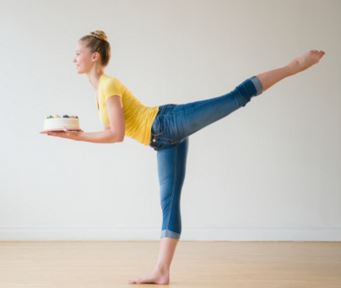
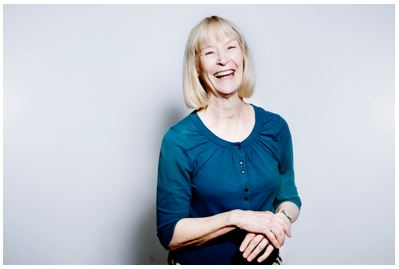
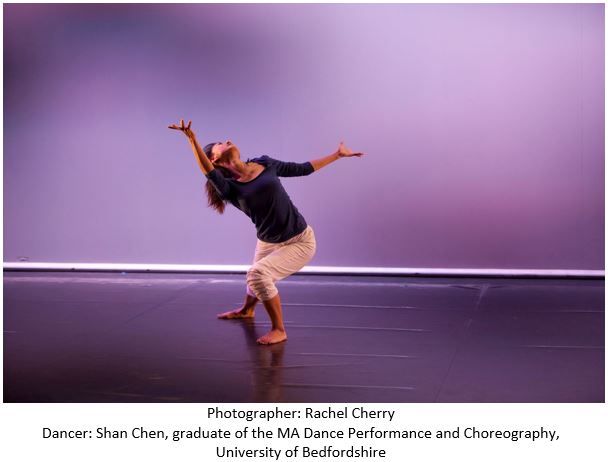
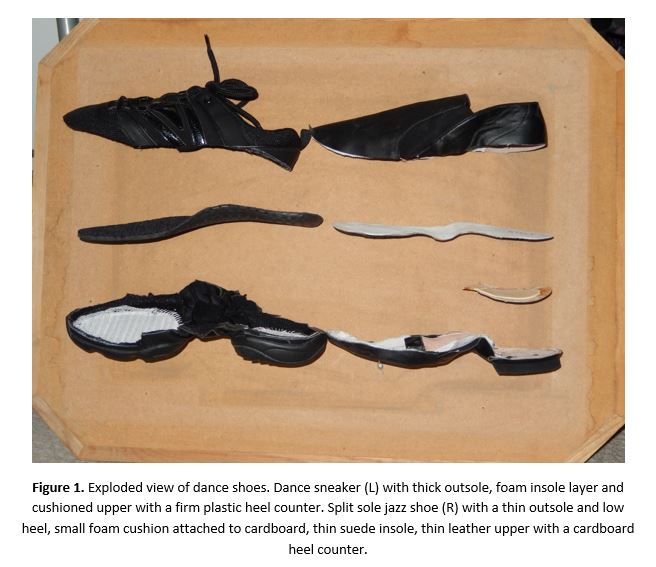
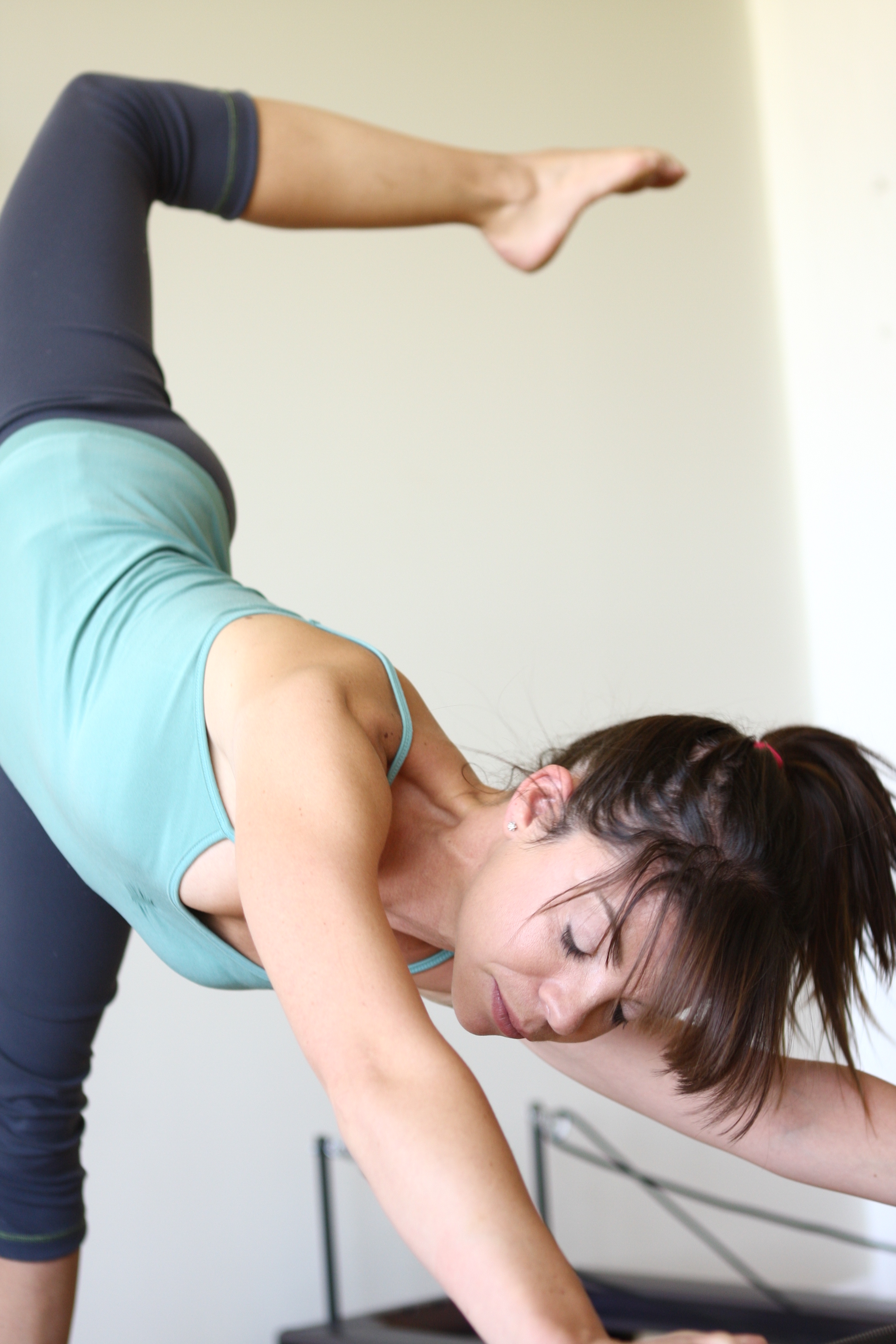
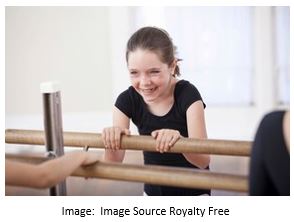
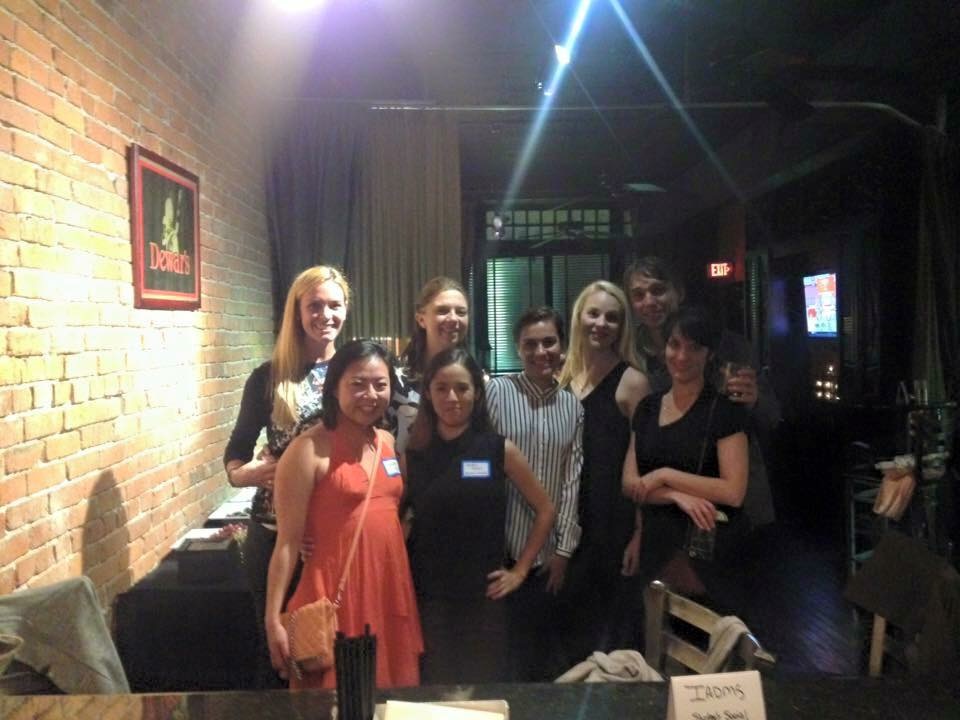
 BACK
BACK